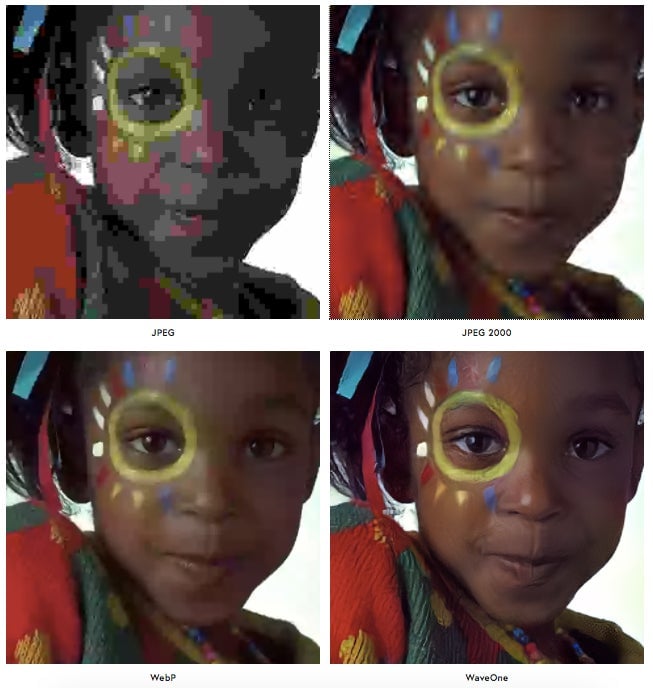How do we make the internet faster? Let algorithms bicker over what we send
The internet has become a visual place—with companies like Snapchat, Facebook, and Google reinventing their services around your phone’s camera. As a result, the need to relay visual information with less data is becoming increasingly important.


The internet has become a visual place—with companies like Snapchat, Facebook, and Google reinventing their services around your phone’s camera. As a result, the need to relay visual information with less data is becoming increasingly important.
Artificial intelligence may solve that problem. Rather than using traditional file formats like JPEG, which apply the same kind of data-saving rules to every image, AI could look at what’s in a photo and find a way to represent it that uses less data. This idea has been explored by tech companies such as Google and Twitter, which could deploy these systems on massive scale, as well as startups like WaveOne.
Twitter and WaveOne have both taken a similar approach, in which one algorithm tries to generate an image, and then a second algorithm determines whether it looks good. Think of it like a player and a coach: If the player messes up, the coach tells them. The algorithms compare the generated image to the original, learning what blurring and pixelation look like by subtracting the generated photo from the original.
If the generated image doesn’t make the cut, the first algorithm tries again, and the algorithms repeat the process until a good image is generated. It’s like having a quality assurance worker for every image AI generates. WaveOne, which published new research this week, says this second algorithm, the coach, is what sets it apart from previous work. It’s able to identify and focus on multiple aspects of the image—not just finding pixelated or blurry bits, but also analyze the structure of the image, ensuring that a face has two eyes and a mouth, the cofounders said in an email.
However, this technique usually has a downside. The algorithms learn to simplify patterns and shapes based on what they’ve seen before. If they’re given an image to reduce that they don’t recognize, the systems have been shown to “hallucinate” things that aren’t there. If you’ve only seen grass with daffodils, you’d assume grass just always has daffodils growing in it—the algorithms think the same way. But since the WaveOne approach can focus on different aspects of the image—like the structure instead of the pixelation—they claim to be able to prevent these hallucinations from happening.
But how little data does this approach take? WaveOne gives a comparison in a blog post, comparing how four different methods act when asked to compress a 480×480 image to 2.3 kilobytes, down from an original size of 512x 768 and 1152 kilobytes.

The best test of compression for the average user is how it looks: If these samples aren’t misleading, WaveOne, on the bottom right, is the clear winner.
WaveOne’s technique won’t be the last. Google has also recently published work (pdf) on image compression, open-sourcing an algorithm to generate 35% smaller JPEG files, and, as previously mentioned, image compressions is an open area of research at Twitter.